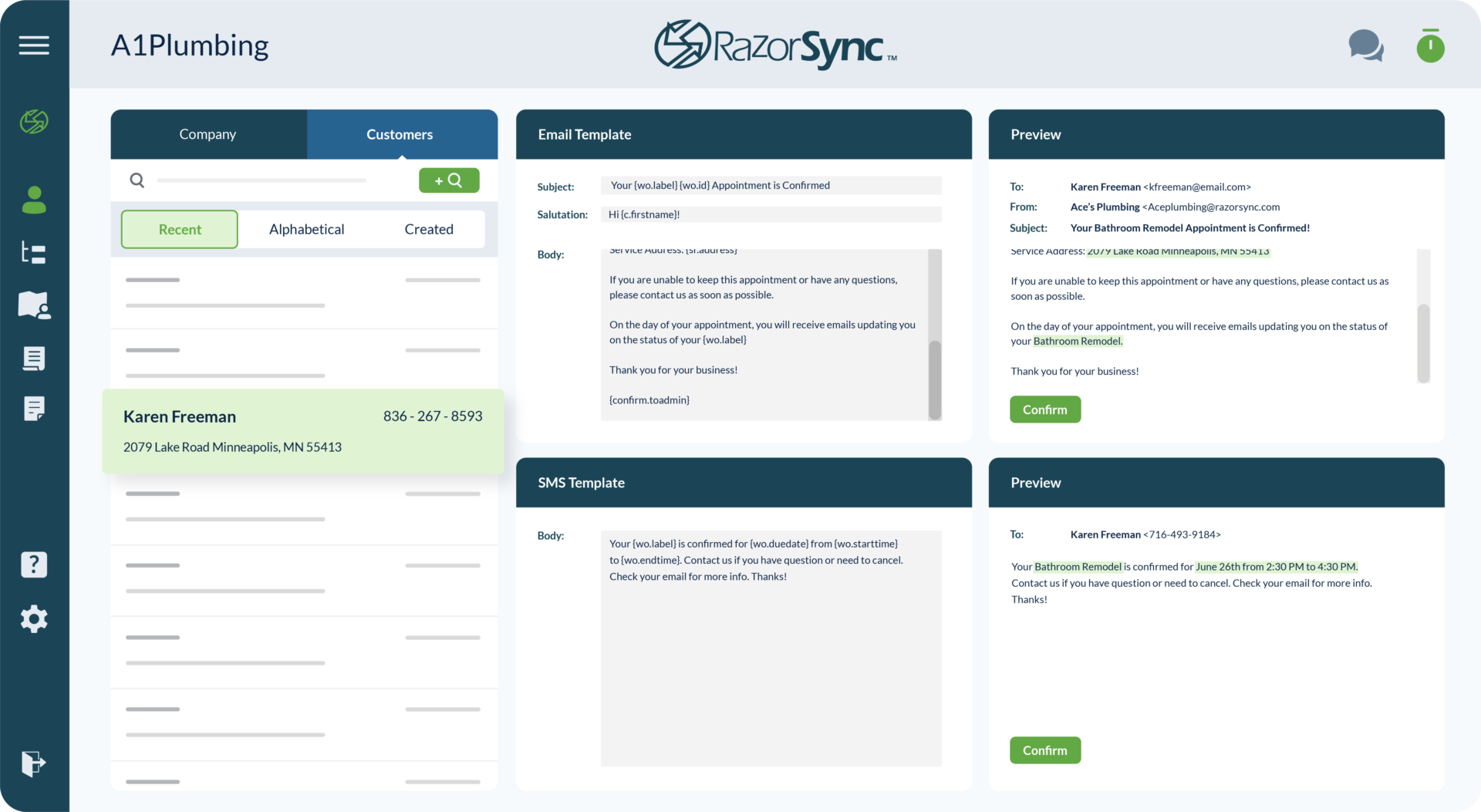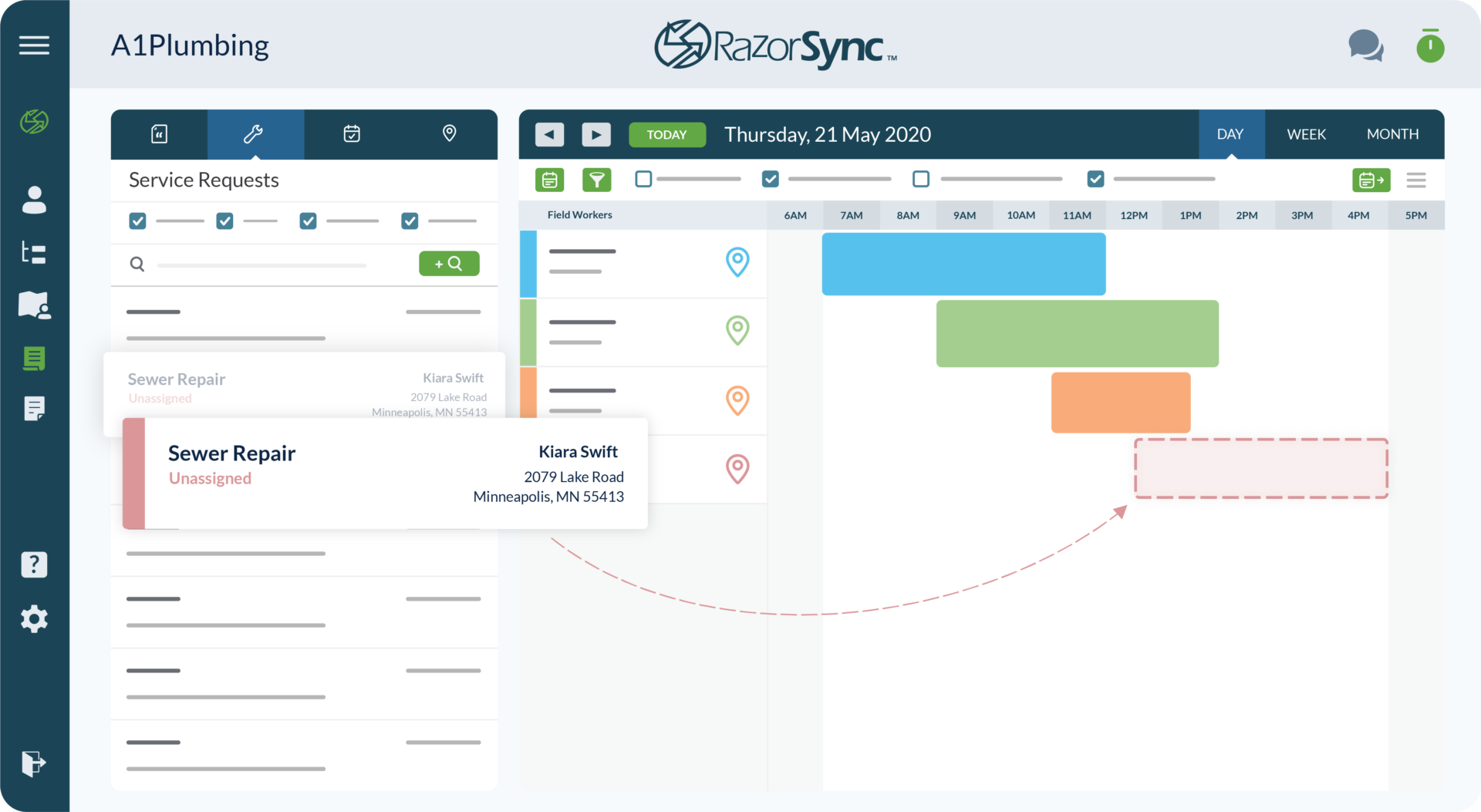What Does The Future Hold For The IT Industry? 3 Upcoming Technology Trends that IT Technicians Should Know
In today’s evolving landscape, it pays to stay up-to-date on the top IT trends. For example, did you know that the automation industry alone is...
Nov 01, 2021
# of Minutes to Read

In today’s evolving landscape, it pays to stay up-to-date on the top IT trends. For example, did you know that the automation industry alone is expected to grow by 8.9% in the next seven years? By remaining agile in your field service business strategy, you’re better positioned to pioneer change within your daily processes – leading to increased efficiency, strong competitive advantage, flexibility within the workplace, and reduced costs.
3 Upcoming Technology Trends Every IT Tech Should Know
Robotic Process Automation (RPA)
RPA facilitates automation within businesses, streamlining historically tedious, redundant tasks for employees across verticals. Automation has many perks, including the ability to cut costs and increase profit margins. With automation software, you’re able to transform resource-heavy tasks and processes to create efficiency in your workplace. Now, tasks can be scheduled to complete at a specific time with no risk of human error by manual completion.
A few benefits of implementing robotic process automation also include:
- Faster digital transformation
- Increased savings
- More responsive and efficient processes
- Fewer errors in data
- Improved workflows among employees
With streamlined business processes, more money retained by the business, and happier employees, embracing upcoming technology trends becomes increasingly enticing.
Artificial Intelligence
Artificial Intelligence (AI) is an upcoming technology trend that programs computers and software systems to have human-like intelligence. With AI, machines can simulate human thinking and logic through data and intelligent algorithms. There are three sub-categories of artificial intelligence:
- Machine learning
- Neutral Network
- Deep Learning
Machine learning extracts meaningful information from data. This level of AI uses historical knowledge to identify key statistics and data points without additional programming. This is helpful in ensuring field service technicians have well-rounded knowledge of the problem at hand and all the tools and information they need to solve it.
A Neutral Network is a type of AI technology that is a “brain-like” system. It imitates how neutrons interact with each other in order to see statically significant data patterns. This technology trend can be used to highlight patterns or issues to help technicians recognize and prevent problems.
Similar to machine learning, Deep Learning is another form of artificial intelligence that programs machines to think like humans. This technology trend involves a software system doing a task multiple times while changing little details each time to alter the results. This is supposed to simulate the human brain adapting to different situations based on various factors at hand.
With the ability for machines to mimic human decision-making, there is potential for companies to protect their workers by sending artificial intelligent machines into more hazardous environments to solve problems. Companies also can invest in these machines instead of hiring a large workforce, marking AI more cost-effective.
IoT Networks
Internet of Things (IoT) are objects that contain software that allows them to communicate with other software. It automates processes and allows devices to communicate directly with the cloud to automatically upload data. Implementing IoT into an IT business can drastically improve company efficiency as this technology trend directly transfers data to companies’ stores without a human intermediary.











